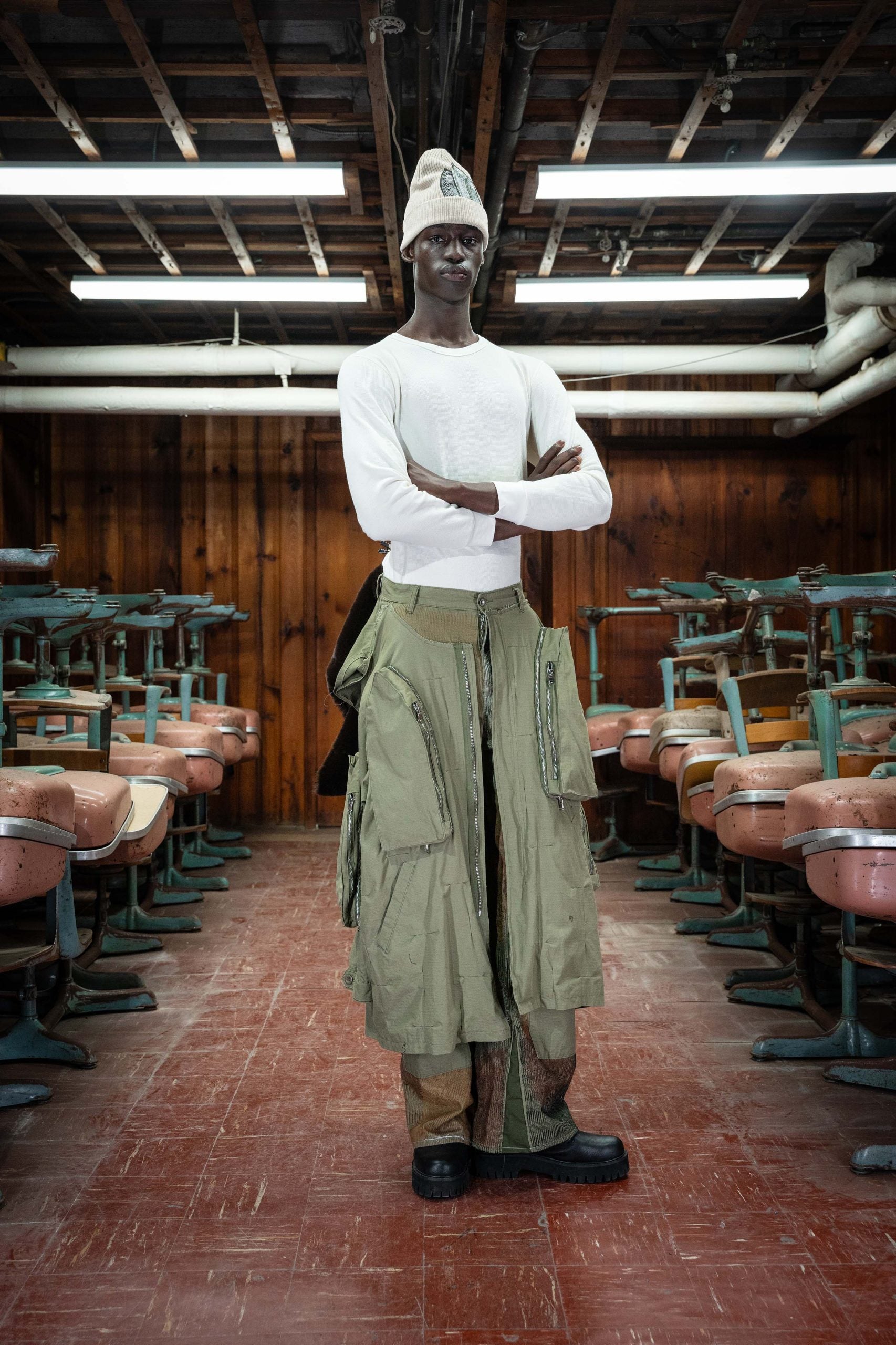deerstalker
https://www.essence.com/fashion/millennial-spending-habits/
By Kerane Marcellus ·Updated January 19, 2024
Indya Brown’s college trajectory led her to work in fashion. Brown who went to Barnard College originally to study biology quickly realized this wasn’t her >The Cut in her junior year as a fashion assistant. Upon graduation, she was hired full-time and stayed for nearly five years. In 2020, the pandemic proved to be a catalyst for many including Brown who moved from New York to Los Angeles after landing a position at Who What Wear as the shopping publication’s market editor. She stayed there for three years. Now, the 30-year-old has been working as a freelance writer and stylist. Due to these occupations, she is regularly researching clothing and accessories at high and low price points.
Scrolling endlessly online or sifting through racks of clothing can make one feel an itch to purchase these things which Brown experiences often. Lucky for her, when she first started working, the pressure to dress in the latest trends or high fashion pieces wasn’t there for her, but Brown still likes to treat herself as many of us do. While working in college as a babysitter and interning, Brown recalls using her money to splurge on a few designer bags that she was obsessing over. “I was heavily into designer bags so I would read the PurseForum and be enthralled with buying luxury bags,” Indya expresses over a Zoom call.
She didn’t grow up with that life>Gucci bag, Brown shares. While in college she recalls treating herself to a Louis Vuitton Neverfull and three Balenciaga City bags. Brown made these purchases with money from the jobs she’d acquired. She has each of those pieces in her closet still and she says that she’s been wearing them more often recently. She also mentions here that she had Macy’s gift cards which allowed her to snag the carry-alls at a discounted rate. She wasn’t hellbent on saving in college because it was a stressful time and not many students make a living wage, so she spent her refund checks on what she felt was appropriate: small luxuries like those bags and going to restaurants from time to time.
At 25, Brown opened up a savings account but focused more on how her money could work for her rather than letting it sit in an account. One of her financial goals is to get more well-versed in investing money, diversifying her financial portfolio, and how to make her 401K grow over time. This isn’t something we learn in school, so she enlisted help from a financial advisor to walk her through the process. She got a glimpse of this literacy growing up from her grandmother who opened bank accounts for Brown and her cousins when they were children for college. Brown implores the importance of also building your credit score early on which benefited her once she needed to find an apartment after graduating college. She was responsible with her credit cards, though, opposite of many college students even now.
Brown’s advice for those who have the same spending habits as her is to think about a purchase a bit before you pull the trigger. She feels that she’s more on the impulsive side of shopping, but she is aware of that. If she’s in love with a piece it’s coming home with her immediately. But then there are amazing pieces that she might need for Fashion Month or an event and her main practice is delayed gratification. “That whole idea of delayed gratification, which I’ve been seeing a lot on Tiktok, is very wise and smart,” she said. “That’s something that I am starting to do because when I see something that I love, I want to get it right away,” Brown adds. But she’s learning that may not be the healthiest relationship with purchasing things.
The stylist expresses that she’s not the type to give away items, instead, she makes her clothing and accessories last. She currently weighs how badly she needs something versus being in a financial bind or waiting a certain amount of months until she can afford an item like a handbag or a trending accessory. For example, she bought a pair of Bottega Veneta sunglasses last year on impulse and currently doesn’t love them anymore. That was a hard-earned lesson.
Indya is currently also exploring buying designer pieces secondhand or discounted as well from shops like The RealReal. “The delayed gratification model of buying is very useful and something that is helping me as a former impulse buyer because I don’t have that instant gratification,” she shares. Brown is even selling pieces in her closet when she wants to buy other pieces. This is one way investing in high-quality pieces will pay off in the long run rather than buying a bevy of options from fast fashion brands.
Being more fiscally responsible as a fashion lover has proven to be tough, but Brown is focusing less on material things and investing more in experiences like traveling. “I’m putting my money into traveling and less into buying because after a few months, the shininess, the veneer, the excitement wears off, and you just have a bag,” she adds.
TOPICS: #fashionnews Financial Advice investment pieces
The post Investment Pieces: A Millennial Gets Candid About Her Spending Habits appeared first on Essence.




